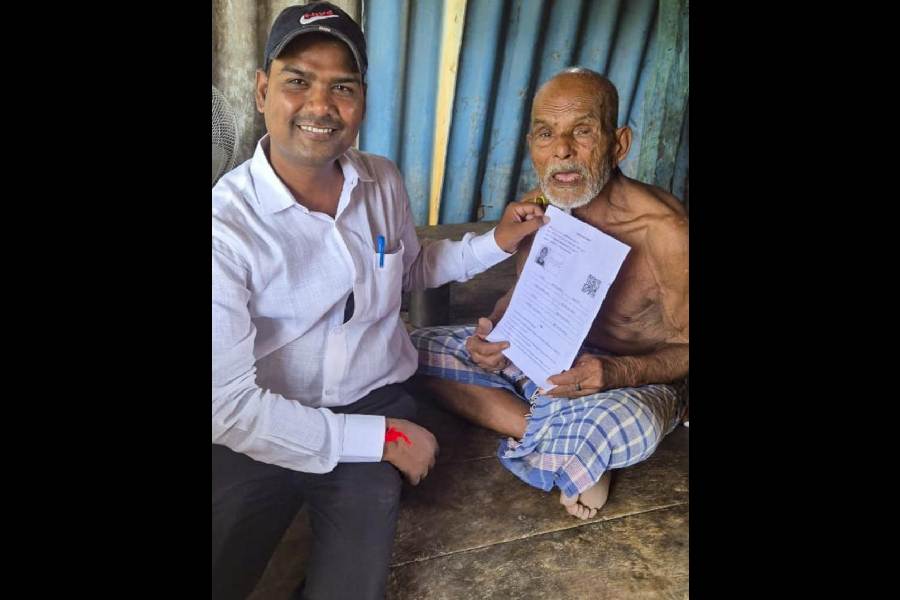
Haringhata: Calcutta University's Institute of Radio Physics and Electronics will start work in February to set up a radar, which will be the first-of-its-kind in eastern and north-eastern India, to study rain, storm and turbulence.
The data to be gleaned from the 53 MHz Stratosphere Troposphere (ST) Radar, coming up in Haringhata in Nadia, will help in improving weather forecast models.
"The integrated radar facility will operate at a frequency of 53 MHz and will spread across 10 acres in the ionosphere field station of our university in Haringhata. It is scheduled to be completed towards the end of this year," said Amlan Chakraborty, the dean of technology at CU.
The ST radar project is entirely funded by the Science and Engineering Research Board of the central government's science and technology department. The project cost has been pegged at Rs 23 crore.
"It is important to note that terrestrial weather and its variability play an important role in the lives of the common people. Most weather-related phenomena such as rain, storm, snow, fog and mist usually originate in 6-7km above the earth's surface. A key to making correct forecast is round-the-clock monitoring of this region of the atmosphere through high-resolution images," Chakraborty said, explaining the reason behind setting up the radar.
Experts said the radar would help in predicting weather patterns correctly and warning about severe conditions such as torrential rain and cloudburst.
Such information will benefit agriculture, the aviation sector and disaster management efforts.
The project was awarded to Calcutta University a few years ago. The permission from the communications and information technology ministry to set up the facility at the required frequency- 53 MHz- came only last year, said Animesh Maitra, the former principal investigator of the project.
Maitra had retired in March 2017 but is still associated with the project as the Basic Science Research faculty (Emeritus) Fellow of the UGC.
Deciding on the specifications of the equipment took time, too.
"We had to convince them (the Centre) why we needed this frequency band. Without the frequency band, the radar cannot detect back-scattered signals from ionosphere, which extends from 60km above the earth's surface to 1,000km. Without these signals, it will be difficult to characterise irregular behaviour of the medium," said Maitra.
Scientists attached to the project said the radar would also be able to study the convection process in the troposphere, characterise rain structure based on radar signatures of precipitating layers, study lower-middle atmospheric turbulence and irregularities in the ionospheric E and F regions.
The complete radar will be able to provide information up to 22km.
Data obtained from the radar will be shared with various government agencies as well as scientists from India and abroad.
A pilot version of the radar is operational at the field station. The full radar will be manufactured by a Hyderabad-based company.











